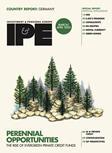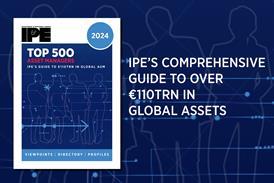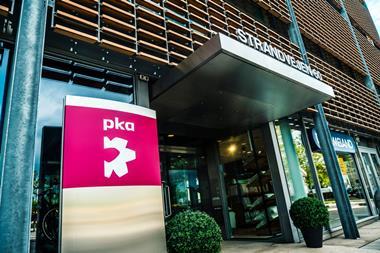Credit Suisse Pensionskasse increased its allocation to real assets by CHF1bn (€1bn) last year, taking total investments in the asset class to over CHF9bn and surpassing its strategic allocation target.
The pension scheme, which serves former employees of Swiss bank Credit Suisse – acquired by UBS in 2023 – now holds 51.3% of its CHF17.6bn in total assets in real assets, according to its 2024 financial statement. This is a significant rise from 46.5% in 2023 and exceeds the scheme’s strategic allocation target of 49.5%.
In contrast, the share of nominal assets in its investment portfolio declined year-on-year, from 50.1% in 2023 to 44.5% in 2024.
The increase in real assets exposure – spanning public and private equity, infrastructure, real estate, and commodities – and the corresponding reduction in nominal assets reflect a notable shift in the pension fund’s investment strategy.
The move diverges from a decision taken last year to increase bond allocations and extend portfolio duration following a turbulent period for tactical investments, exacerbated by the collapse of Credit Suisse, the bank.
Credit Suisse Pensionskasse declined to comment on the reasons behind the reallocation. A spokesperson told IPE: “Investment activities and investment strategy are transparently disclosed in the annual reports and in the investment regulations.”
Meanwhile, the pension funds of Credit Suisse and UBS continue to operate as separate entities. It remains unclear what impact UBS’s acquisition of Credit Suisse will have on the scheme, according to the fund’s chief executive officer Jürg Roth, who addressed the issue in the preamble to the financial statement.
The Credit Suisse fund returned 6.4% after costs in 2024, up from 5% the previous year. The funding ratio improved slightly to 125.5%, from 124% in 2023.

Andreas Rothacher, senior investment consultant at consultancy Complementa, noted that well-funded pension schemes with sufficient reserves are well placed to weather current market volatility. However, he warned that qualitative risks and illiquidity must be considered when assessing real asset exposures.
The share of private assets in the fund’s portfolio – including private equity, asset-backed securities, private debt and infrastructure – rose to 9.3% in 2024, from 6.8% the year before.
“The illiquidity can be a problem, especially when pension funds face net outflows. The denominator effect can also be a problem if bonds and equity investments simultaneously decline significantly as they did in 2022,” Rothacher said.
The allocation to infrastructure and private equity investments of Swiss pension funds has grown significantly over the last five years.
“We do not expect these quotas to further or significantly increase in the near future. This will, of course, depend on whether Switzerland will see negative interest rates again. In this case, a further increase in real estate and alternatives, for example infrastructure, quotas is likely,” Rothacher said.
The latest digital edition of IPE’s magazine is now available









































No comments yet